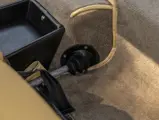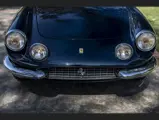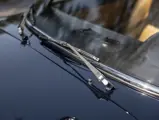
1966 Ferrari 330 GTC Speciale by Pininfarina
{{lr.item.text}}
$1,295,000 USD | Asking
{{bidding.lot.reserveStatusFormatted}}
- The fourth of just six ‘Speciale’ examples built on the 330 GTC platform
- Delivered new to Sergio Pininfarina as a design study for GTC-model development
- Benefits from numerous, one-off features, namely pop-up foglamps, plus several prototype features that were subsequently approved for production examples
- Extensive restoration in 2002; over $60,000 in mechanical refurbishment from 2022-2024
It is often said that a designer’s work is never done, and especially in the automotive world, as car design is often in a constant state of evolution. Only so much can be done to prepare a car for the real world before it hits production, but keeping up with the competition and changing tastes always bring designers back to the drawing board.
Although Pininfarina was surely thrilled with their work for Ferrari in designing the 330 GTC, the firm was clearly keen to keep moving in the right direction for their most famous customer. As such, this 330 GTC was purchased by Pininfarina directly from the factory in July of 1966 for their own use. Showcasing their forward thinking attitude, chassis no. 8727 falls exceptionally early in 330 GTC production, the fourth car built out of 600 completed in total. Upon its arrival with Pininfarina at their headquarters in Turin, only a few hours up the road from Maranello, the firm’s designers and craftsman set about their carefully considered work.
Externally, the most noticeable change implemented by Pininfarina to chassis no. 8727 was the pop-up fog lights fitted to the nose. Hidden away when not in use, they could easily be rotated into position by a switch inside the car. These “Supervis” (short for super vision) lights appeared on two of the four 330 GTC Speciales, and were originally penned by Aldo Brovarone for the Superfast I concept car and also famously used in the 365 California Spyder. Keen tifosi will also spot that this car lost its trademark 330 GTC fender vents, and instead boasts vents on the hood, which proved far more efficient at dissipating heat from the engine bay. This new feature, one introduced on this very car, also made its way to 365 GTC and 365 GT 2+2 production. Finally the Ferrari badge on the nose was sunk into the bodywork, and the ‘330’ badge on trunk was removed entirely.
The interior was reupholstered in light blue cloth, cooler to sit on in Italy’s hot summers, with the color chosen to compliment the car’s existing Blu Scuro paintwork, a shade known to be a favorite of Sergio Pininfarina himself. Cloth upholstery would later become an option on the 330 GTC as a result. The dashboard vents were changed to house two circular outlets on the top of the dashboard, allowing air to be directed wherever driver and passenger desired, a change that would be carried through to the 365 GTC. A new lever was fitted to open and close the quarter windows, along with a different steering wheel and hub, as well as a recessed ashtray in the center console, but these features would not appear in future production Ferraris. A passenger door lock was fitted and subsequently implemented on later 330 GTCs.
After remaining with Pininfarina for a year, the 330 GTC was sold in July 1968 to Amerigo Brizzolara, an industrialist based in Milan, and passed through two more owners in its native Italy before being exported to the United States in the late 1970s, where it has remained ever since. Owned in the early 1980s by John Mason of San Francisco, the Ferrari was sold in September 1983 to California resident James Hampton, who in 1987 sold a fifty-percent interest in the car to John Ratto. Together the two men set about researching the unusual 330’s history and embarking on a comprehensive restoration.
This would be no easy feat, as by now chassis no. 8727 had lots its unique foglamps and was finished in silver with black leather upholstery. By 1996, the engine and transmission had been rebuilt by Hampton and Ratto, but employment assignments overseas forced them to temporarily halt the refurbishment. Work recommenced in mid-1999 and coachbuilder Steve Moal was employed to assist in rebuilding the nose with new pop-up foglamps, using a 365 California as a template. Pininfarina supplied the original paint code and the car was thus refinished in the original factory colour of Blu Scuro and the interior retrimmed in tan, making for a highly attractive color combination. The car’s restoration was at last completed in 2002.
After retaining the car for another six years following the completion of the restoration, the 330 GTC was sold by its owners into a significant collection in 2008. Later, it was featured in the August 2017 issue of Forza magazine in an article written by Maurice Khawam, who extensively detailed the car’s period modifications, showcasing why the car was so special and how it stood out from its brethren.
Acquired by the current owner just under three years ago, the car was entrusted to the Ferrari specialists at Bob Smith Coachworks in Gainesville, Texas where it received just over $60,000 in mechanical work over the course of two years, returning it to running and driving condition following a long period of static display in prior ownership. Invoices for this work are available in the history file.
Boasting a fascinating history, this 330 GTC Speciale stands proud as one of the most important examples of the model in existence. Renown for being exceptional driver’s cars, this car’s added provenance and spectacular unique design touches would also make it a fantastic concours entrant, ideal for Ferrari Club of America judging and it would surely garner much interest at Cavallino’s events and other concours events around the world. It is a GTC with few equals.






















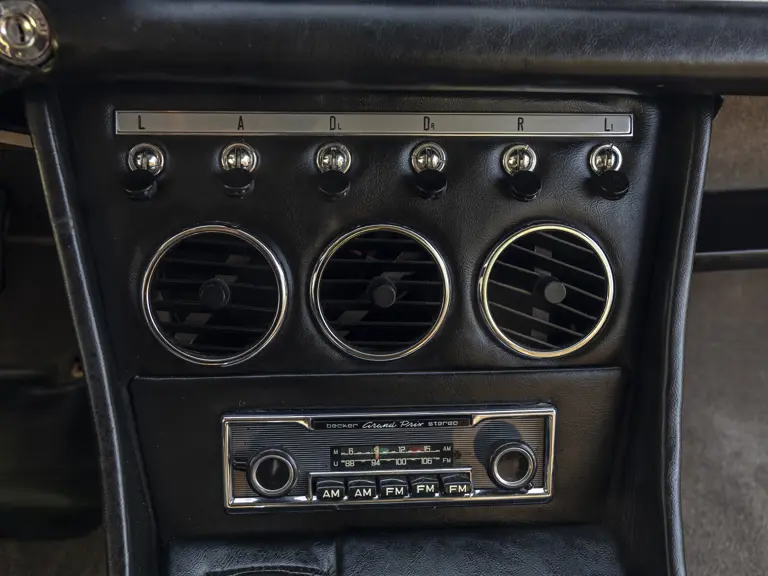















































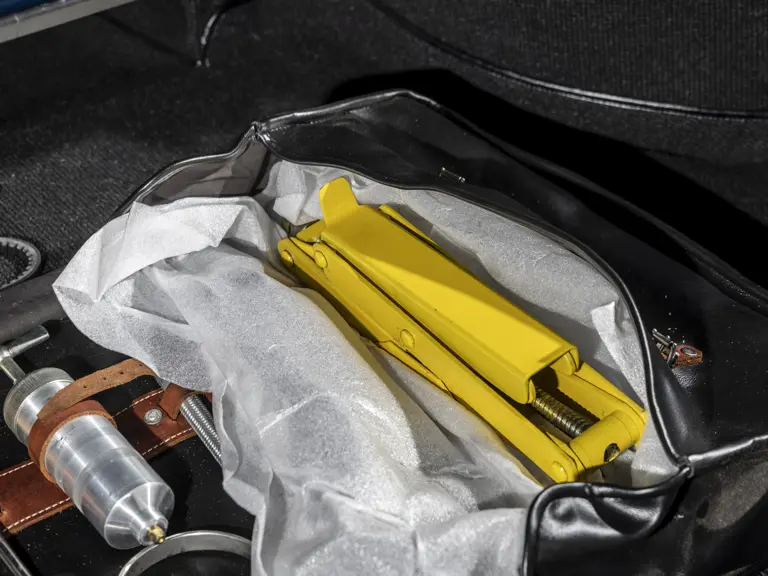




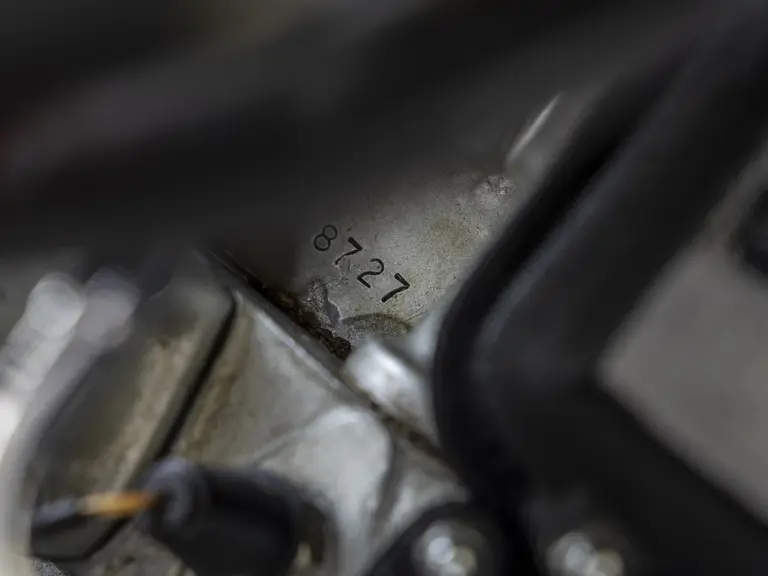









 | Dallas, Texas
| Dallas, Texas






























